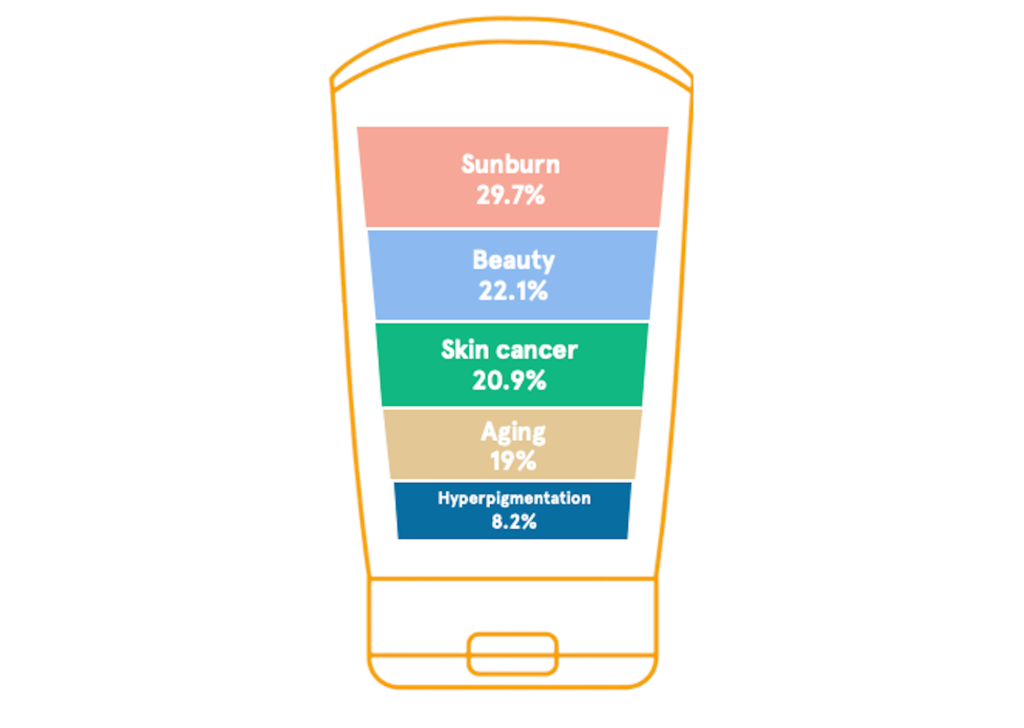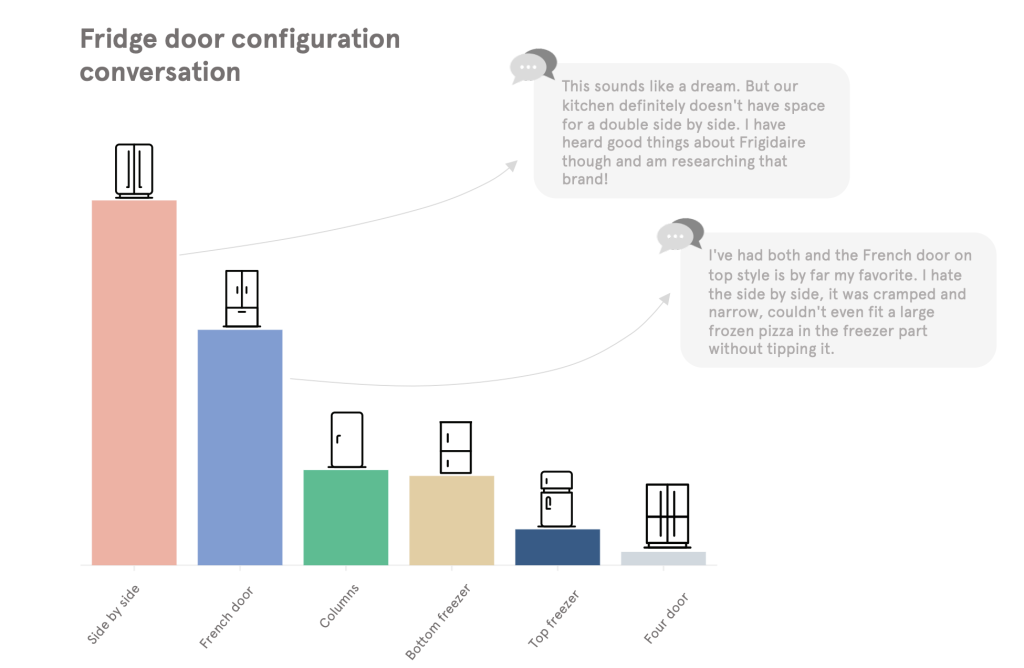
A guide to social listening
Social listening has been around almost as long as social media - and it’s evolved just as much within that time.
We at Pulsar are strong advocates for audience intelligence as a more sophisticated approach to understanding human behaviors, the digital spaces we inhabit, and how public opinion evolves, but the importance of social listening as a business category and practice is impossible to deny.
Why? Because with the right tools and approach, the Internet can serve as the world’s largest focus group, enabling topic analysis on communities as they interact in real-time, and backwards in time.
This forgoes some of the conscious or unconscious posturing individuals assume when aware they’re being interviewed. More importantly, it also facilitates the gathering of qualitative insights - rooted in the context provided by audience affinity and pre-existing narratives - at a quantitative scale.
The benefits are obvious. Marketers and PR professionals are able to shape messaging and content strategies based on what matters to their audience. Reputation becomes something quantifiable and measurable. Likewise, CX professionals can understand what aspects of their provided service are most likely to create frustration and impact consumer behavior.
And that’s before we even get onto some of more specialized and nuanced uses, which take in everything from product development to public health. So social listening, as has been made clear, can have far-ranging impacts. What, then, do we mean when we talk about social listening?
What is social listening?
Social listening is the practice of analyzing public conversations on social media. For this reason it’s sometimes referred to as ‘social media listening’, although increasingly common usage has seen the middle word sidle off into redundancy.
It refers to tracking of a topic, keyword, hashtag or brand across social media channels. Or, for that matter, a panel of users. Or a single URL. In short, it means following any one of a number of conversational signals as it passes through communities and platforms online.
The complexity and nuance of these signals depends entirely on the goals of the individual carrying out the research. Searching for a single standalone brand name, for instance, will provide a wealth of information around how that brand is discussed. Focusing on a number of individual products, meanwhile, can confer a more granular view of how individuals interact with items either in store, or at home.
If that’s the ‘what’ - then it implies an equivalent question as to ‘where’. Which platforms support a social listening approach?
The answer is that just about every platform facilitates some form of analysis of its content and dynamics. The precise extent of this naturally differs from platform to platform, but in each case permits the user to search for insights that reflect audience perspectives and behavior - and ultimately shape strategy.
From Twitter to Twitch, Pinterest to Reddit, people engage in different stripes of conversation on different platforms. In part this is due to the types of community that gravitate towards these platforms, but it’s also a consequence of the platform’s own mechanics. Instagram, for instance, is evidently image-focused, with text largely contextualizing and developing on themes raised in pictures. Reddit, on the other hand, supports far more in-depth, sometimes quite discursive conversations.
Focusing on a particular social media platform can provide the researcher with actionable insights, such as how to address users on that particular platform, or else how it acts as a vector for information. Alternatively, drawing back the scope to focus on multiple platforms allows the researcher to ascertain a fuller idea of how topics and trends can resolve themselves into different shapes amongst different communities and spaces.
So, how do you go about ‘doing’ social listening?
How to use social listening?
We’ve already outlined the broad parameters of social listening, and some of its applications. But when it comes to actually conducting a listening project, how do the goals of a particular project impact the method and decisions on the part of the researcher? In the rest of this guide, we’ll explore some of the applications social listening can have:
- Tracking mentions of your brand
- Understanding trends around your category or industry
- Using social listening for content marketing & social strategy
- Social listening for CX (Customer Experience)
- Building social listening into product development & innovation
Prick up your ears, we’re going (social) listening.
Tracking mentions of your brand
Reputation matters. And when it comes to tracking your brand’s reputation online, social listening provides a reliable means of understanding not only how opinions are formed and communicated, but also how these bleed into perceptions and behaviors beyond social.
Using social media listening to set up a brand tracker enables marketing and communications teams to understand how their brand is spoken about online.
The types of mention this analysis covers can range from direct addresses, win which users tag the brand’s handles to associate it publicly with a statement, all the way to online humor or frames of reference, which might utilize the public perception of a brand to make a seemingly unrelated point (and yet, in doing so, affirm or reinforce a particular perception of that brand).
In between these two extremes, we find the large majority of brand mentions, which feature users using online spaces to share their experiences and opinions of brands.
Discussion on products and services (more on which later on) clearly provide a base level of conversation for the majority of known brands, but impactful news stories or PR crises can result in a sudden spike in mentions that propels discussions into different platforms and communities.
 A financial scandal, for instance, can see a company’s mentions explode first across specialized business forums, and then flow out into the mainstream. Conversely, a well-placed sponsorship deal can see a brand accumulate mentions, and therefore brand familiarity with distinctive communities of interest. AMEX, for instance, are referenced in amongst certain subsections of sporting fans far more than their credit card rivals, thanks to a series of different sponsorship decisions.
A financial scandal, for instance, can see a company’s mentions explode first across specialized business forums, and then flow out into the mainstream. Conversely, a well-placed sponsorship deal can see a brand accumulate mentions, and therefore brand familiarity with distinctive communities of interest. AMEX, for instance, are referenced in amongst certain subsections of sporting fans far more than their credit card rivals, thanks to a series of different sponsorship decisions.
Naturally, brands do not exist in a vacuum. And so, some of the most interesting insights that can be generated from social listening take in how often brands are referenced with regard to various topics and categories.
In the below example, we explored how often top brands were mentioned in conjunction with the phrase ‘on repeat’ - enabling us to understand how this media consumption habit, and accompanying modes of expression, is perhaps counterintuitively more referenced with regards to ‘visual’ rather than ‘audio’ brands.
Understanding trends around your category or industry
Clearly, it isn’t only important to understand how conversation plays out around your brand, but also in the topics and categories you interact with. This doesn’t only provide invaluable context for business and communications decisions, it also ensures that a brand can remain alive to opportunities for growth and audience development.
In our own report into the sunscreen category, for instance, we were able to identify a number of different consumer drivers and perspectives, that were discussed either independently of brands or else touched on multiple brands.

Understanding how individuals discuss sunscreen as a category enables marketers to be far more proactive in their communications strategies. Our analysis proved that many of the more active positive threads of conversation took place in the sphere of beauty, whereas many heritage brands without that association found themselves drawn into conversations around environmental damage and carcinogens.
Clearly, discovering beauty influencers and developing strategies primed for Pinterest and Instagram is not going to be a strategy primed towards the audiences and needs of every company within the space. But taking this topic-wide focus into account helps illustrate to individual marketing teams where their own potential pitfalls and opportunities lie.
You can read our deep-dive into the Sunscreen category here
Using social listening for content marketing & social strategy
There are few better adverts for how social listening can help a marketer than in content marketing and social strategy. Because while listening to communities on social media can have far reaching benefits, and impact long-term decision-making across the business, the most immediately obvious feedback loop is with social strategy.
Simply listening to either your owned audience (who follow your social channels) or else your target audience (who fit the profile of desired consumer or user), you can shape a tone of voice or strategy with the greatest chance of success.
By investigating what user generated content gains traction amongst a particular audience, social teams can produce more effective strategies. These strategies can amplify the work produced by users to facilitate a sense of community, or else draw inspiration from it, so that the brand can post in a manner and voice more in keeping with how its target audience communicates.
One instance of a brand using social listening in this way - as part of a wider effort to embed insights functionalities across the business - occurred when art supplies retailer Colart used Pulsar to understand how followers of their different channels communicated with one another. The goal was to combine the creative tendencies of this particular audience with a data-centric approach. Using social listening, they were able to do just that.
You can read more about how Colart used Pulsar for social listening here
Social listening for CX (Customer Experience)
Customer surveys can be a great way of understanding how individuals perceive and interact with your goods or services. As with many such data sources, however, they provide a somewhat partial view - combining them with social listening data helps the researcher better understand these issues at scale.
When individuals publish their CX concerns (or, occasionally, compliments) to social media, they naturally do not do so in a bubble but rather to a network of friends and acquaintances. This helps signify two things - firstly, that the individual feels strongly enough about the issue in hand to become associated with it in a public forum. And secondly, that they are looking to start a dialogue, either with others affected, sympathetic voices, or the company in question.
The precise level of engagement a CX post generates can often be as telling as the complaint itself - has the person raising it struck a chord with other customers in the same position?
We previously have explored how these conversations play out in relation to a number of different industries, from food delivery to airline customers, and from ride hailing apps to e-commerce around female hygiene.
Building social listening into product development & innovation
Having focused initially on social listening applications with a marketing, communications or social bent to them, we’re going to close out this guide by introducing a usage that has less immediate impact, but can nonetheless be hugely important to a company’s business objectives.
Similar in some ways to CX, using social listening for product development or innovation means absorbing the priorities and concerns of the consumer. Unlike CX, this doesn’t result in improvements to existing products and services, but affects what products are made available to consumers.
So what’s product development got to do with social listening?
It’s all about understanding the needs of consumers. In our category report on Fridges, for instance, we uncovered a myriad of different behaviors and opinions around the famous white good, drawn from online forums, social media channels, and Google search. It taught us that certain types of consumers are drawn to certain features, that some features are commonly discussed in conjunction with others, and that others are far more likely to become the subject of complaints.

Naturally, no one would create a new product using social listening data alone. But provides an invaluable tool for understanding the state of a particular market, for generating ideas around unmet consumer needs, and for gaining a steer on who exactly a target audience might be. Social listening doesn’t only provide you with the voice of the consumer - it also provides a framework for analyzing that voice and placing it in its proper context.
If you’d like to learn more about our Fridges category report, click here.
